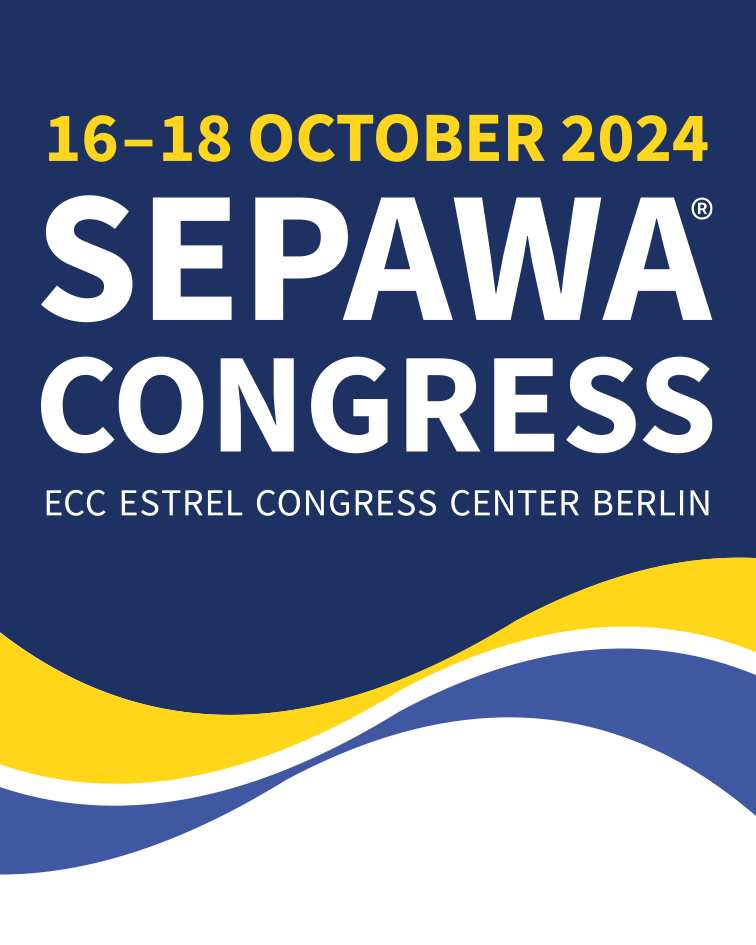Program
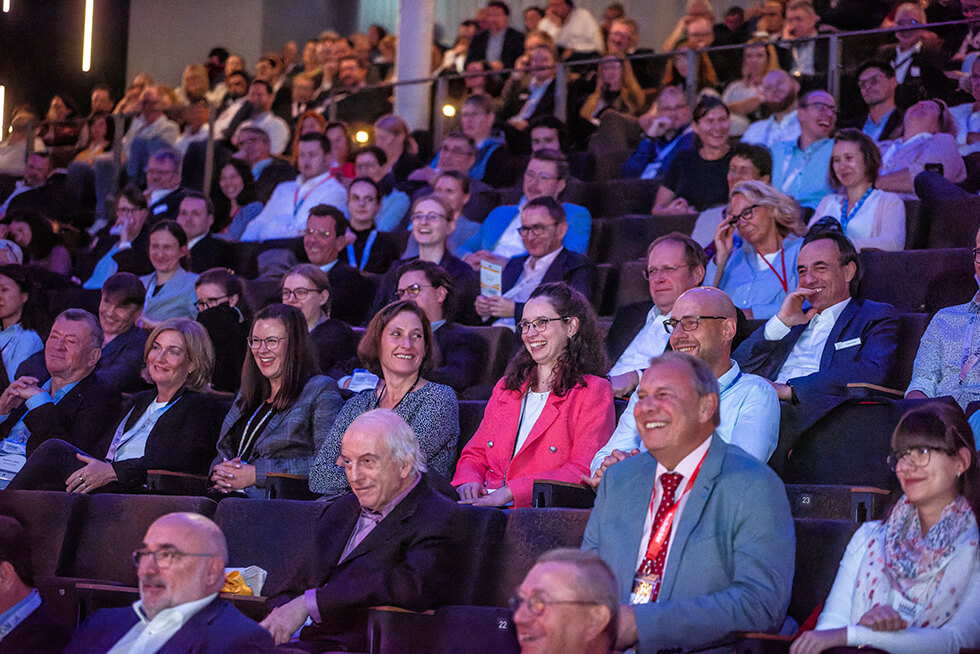
Lecture Program
New scientific discoveries and the latest product developments from the industry find their well-earned place in our lectures at the Scientific Conference and Forum for Innovations.
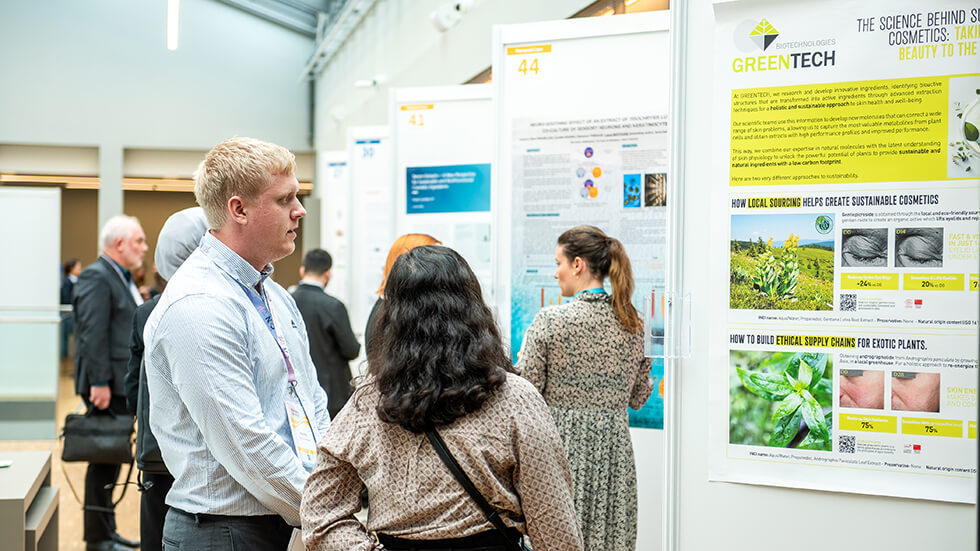
Poster Expositions
A special part of the SEPAWA CONGRESS is the scientific and application-oriented poster exhibitions in the categories of Home Care, Personal Care, Fragrance Fundamental Research and Sustainability.

After Event
Enjoy fantastic cuisine from our top chefs and top entertainment at our popular after event.
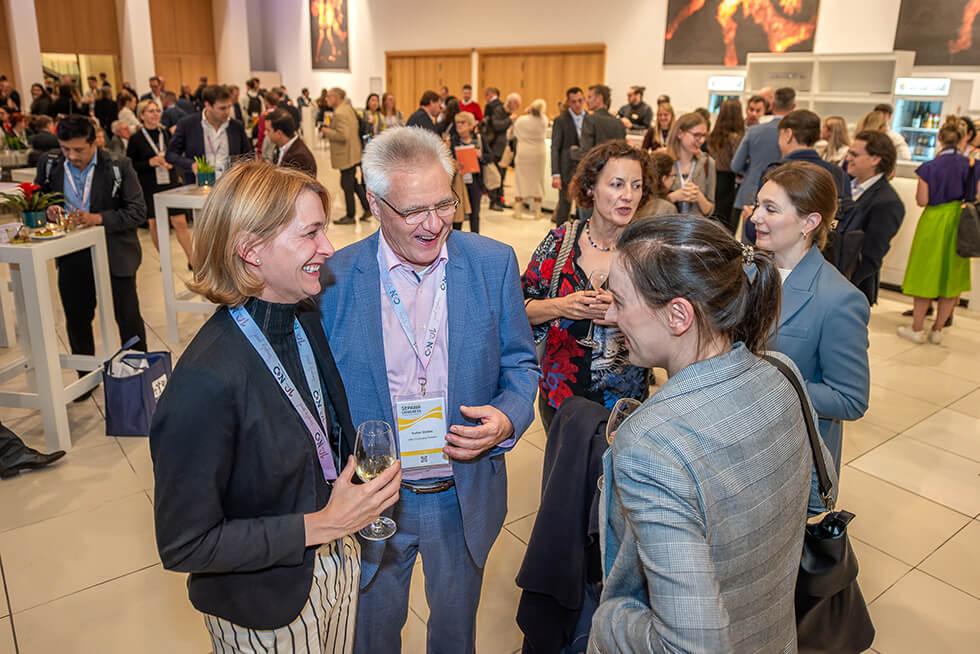
Get Together
A relaxed gathering with old acquaintances and new contacts at the Get-Together of the SEPAWA CONGRESS in Berlin.
Lecture program
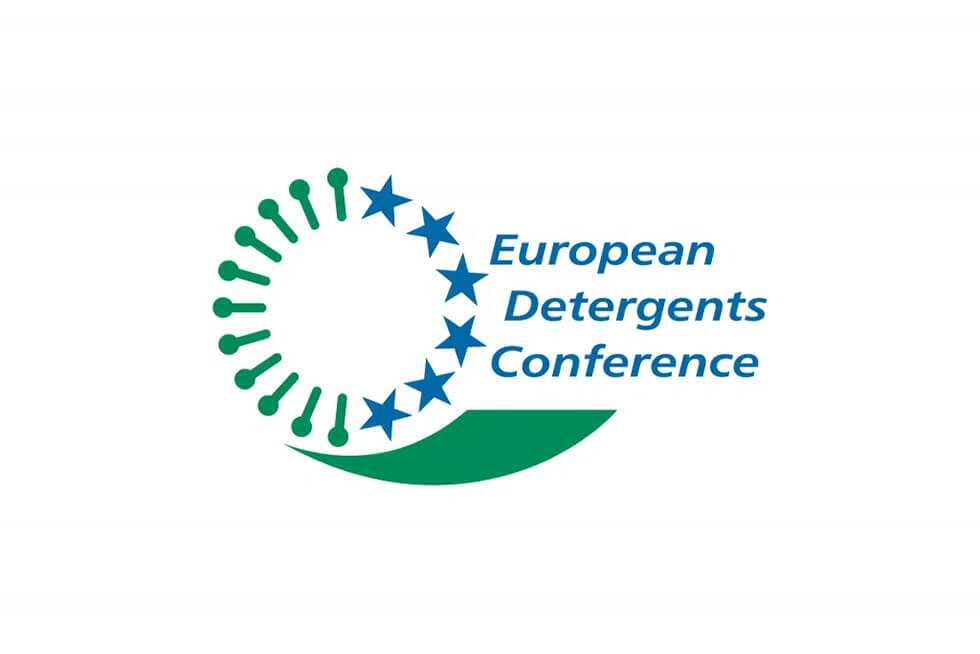
European Detergents Conference
20 Years of EDC – The Future of Detergent Chemistry
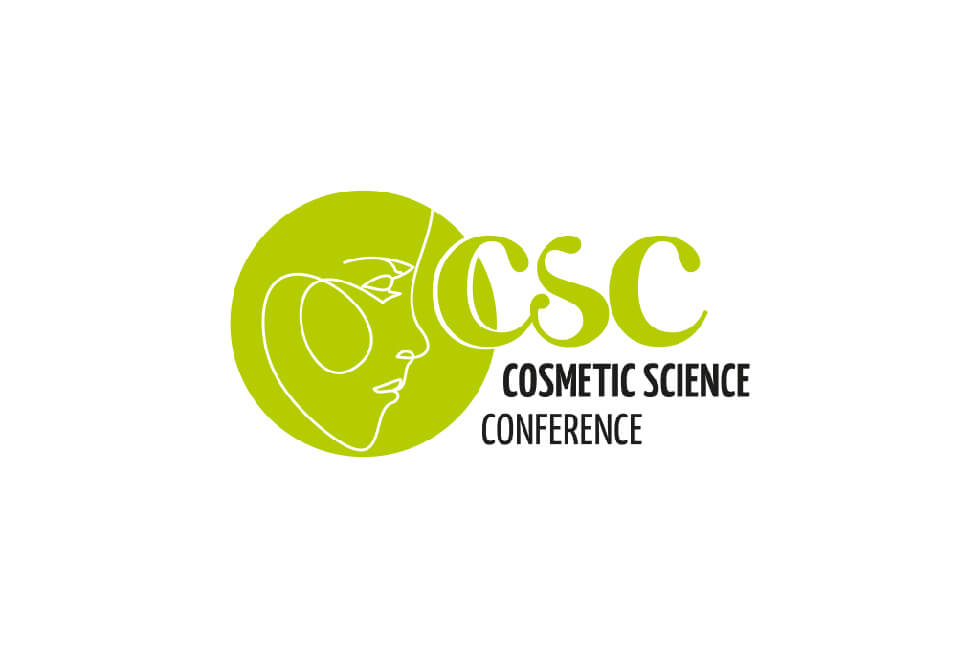
Cosmetic Science Conference
Cosmetic Science: “Reliable Cosmetics for the Future”
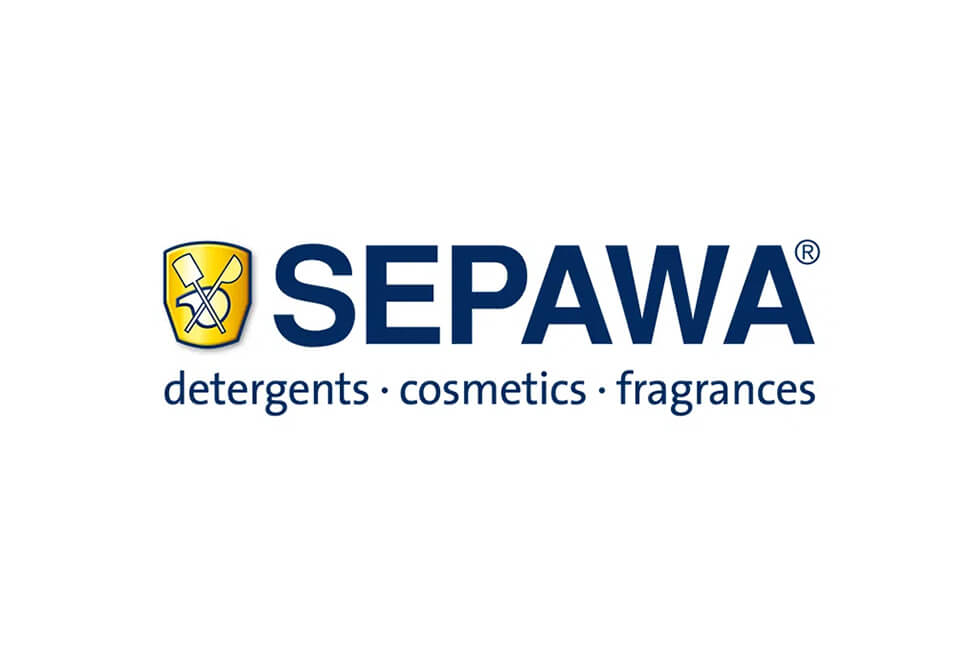
SEPAWA Conference
This year too, together with the specialist groups, we have selected interesting and many new topics.
Browse through the program and be inspired.
Poster Expositions
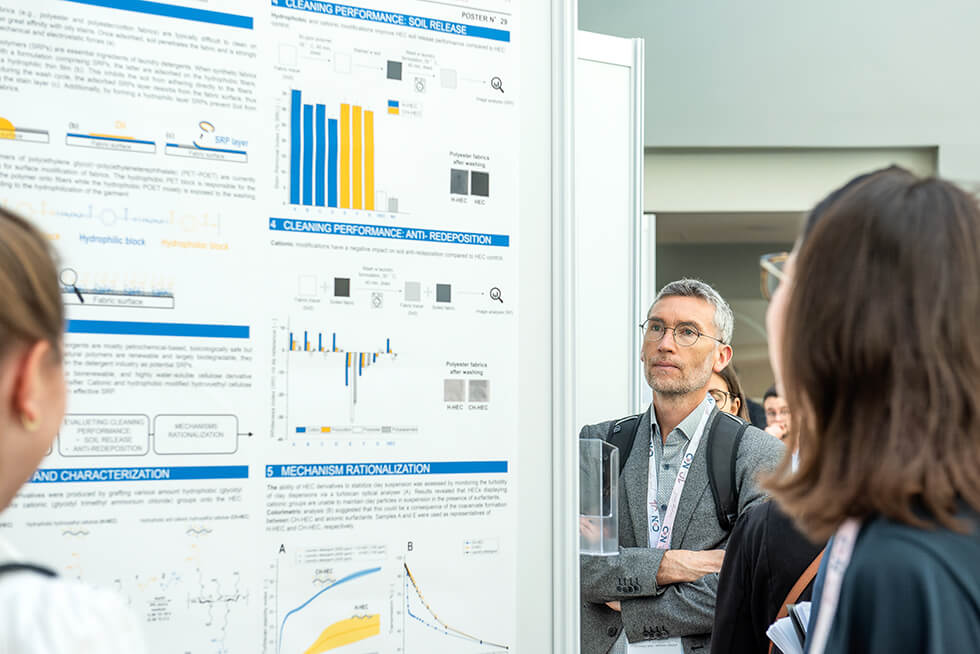
Poster Expositions
Find posters for the conferences here:
- Scientific Conference
- European Detergents Conference
- Forum for Innovation

Poster Tours & Awards
Meet the Poster Presenters for more information and attend the EDC Poster Award Session.
More events
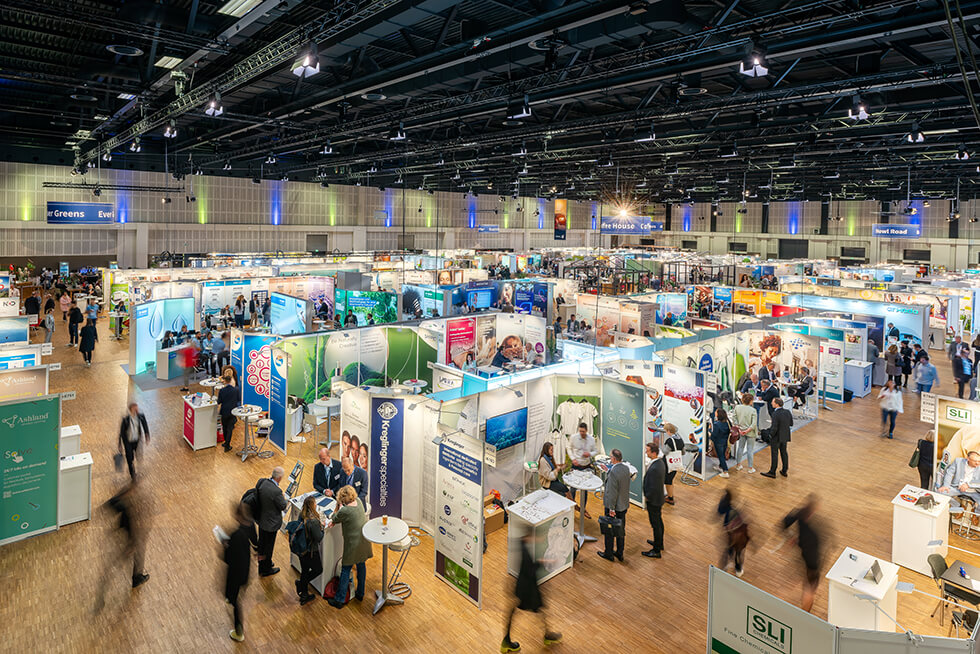
Exhibition
In the exhibition area, more than 300 companies present the latest products, trends, and versatile know-how.

Annual General Meeting of SEPAWA e.V.
For ordinary, corporative and sustaining members of SEPAWA e.V.

REUNION OF THE TKW GRADUATES’
For graduates and students of “Cosmetic and Detergent Technology”
